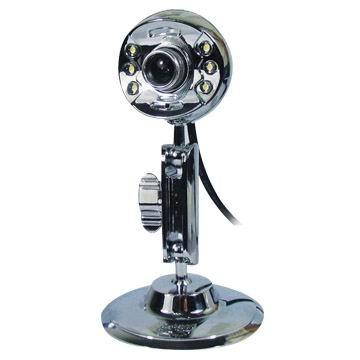Plc Shift Register Pdfzilla
Allot of times when programming a PLC you need to track what has previously happened. Shift registers allow you to do just that. Free Html5 Css3 Website Templates Free Download. We will look at a PLC basic tutorial of a conveyor belt and reject station. Following the this PLC programming example should fully explain the function of shift registers.

Users familiar with the. Plc Shift Register Pdfzilla. Generally, shift registers operate in one of four different modes with the basic movement of data through a shift register being: Serial- in to Parallel- out (SIPO) - the register is loaded with serial data, one bit at a time, with the stored data being available at the output in parallel. Setelah sepintas memahami memory, timer, dan counter, kini beranjak ke materi dasar secara singkat tentang shift register, comparator, dan juga penjumlahan dan.
Ladder will be our PLC programming language. We will be using the which comes with a simulator.
Oct 15, 2013 We are running a DL205 PLC and I have been working on this. First is in the shift register as required there are three rungs that. One to shift it. The grouping together of internal relays to form a shift register is done automatically by a PLC when the shift register. Shift stored bits. Shift registers.
This fully functional program is offered free of charge at automation direct. Define the task: What has to happen? A start pushbutton (NO) is used to start the conveyor and a stop pushbutton (NC) is used to stop.
Sensor B detects product on the conveyor belt and sensor A will detect if it is too large and needs to be rejected. The product is tracked along the conveyor belt and when under the reject station the Reject Blow Off will expel the bad product.
Product is randomly placed on the conveyor belt, so an incremental encoder is used to track the conveyor movement. The reset pushbutton (NO) will signal that all of the product on the conveyor has been removed between the sensors and reject blow off. Define the Inputs and Outputs: Inputs: Start Switch – On/Off () – NO Stop Switch – On/Off () – NC Reset Switch – On/Off – NO Motor Encoder – On/Off – This will give a discrete signal when the conveyor is moving. It picks up the movement of the free wheel. Sensor A (Part Reject) – On/Off – NO Sensor B (Part Present) – On/Off – NO Outputs: Motor – (Conveyor Run) Air Blow Off – On/Off (Reject) Develop a logical sequence of operation: Fully understanding the logic before starting to program can save you time and frustration. Sequence Table: The following is a sequence table for our conveyor reject application.
It is a simple sequence table, but clarifies the following: When power goes off and comes on the sequence will continue. This means that the shift sequencer must be memory retentive.
Sensor A and B must be on to get tracked with a shift register. Shift Registers: The Shift Register (SR) instruction shifts data through a predefined number of BIT locations. These BIT locations can be a range of BITs, a single Word or DWord, or a range of Words or DWords. The instruction has three inputs. Data, Clock and Reset.
The data input will load the beginning bit with a ‘1’ if it is on or ‘0’ if it is not. Clock input is used to shift the data through the shift register. In our example, we will be using the encoder on the conveyor to track the reject container. So each pulse of the clock represents a distance on the conveyor. Crisis Core Final Fantasy Vii Download Ita Cso. The last input is the reset. It will place ‘0’ in all of the bits within the shift register.
Develop the PLC program: Start and stop of the conveyor motor. Download Opera Mini 7 Next Version Handler Ui Mod For Java more. Shift register to track the rejected parts. This will move the bits with each pulse of the encoder. Note that the ‘V’ memory is used because it is memory retentive. This will look at the bit in front of the reject station. We can measure and count off the length (conveyor) and then find out what the bit location will be at the reject location. Test the program: Test the program with a simulator or actual machine.